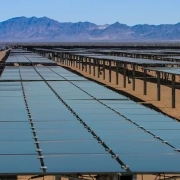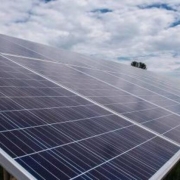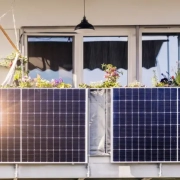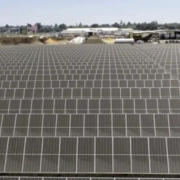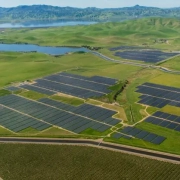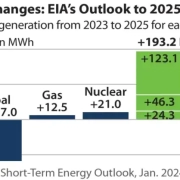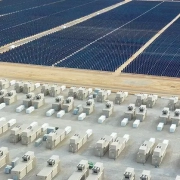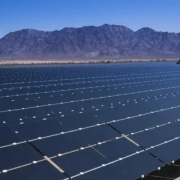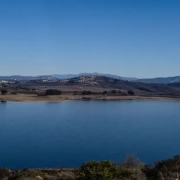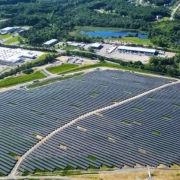Today, the Bureau of Land Management issued a Notice to Proceed authorizing Avangrid to begin construction of the Camino Solar Project, a 44-megawatt solar photovoltaic facility that will be located on 233 acres of public lands and 150 acres of adjoining private land in Kern County.
“The Camino Solar Project will expand access to clean energy for Californians and increase reliability for the state’s power grid,” said BLM California Desert District Manager Shelly Lynch. “Projects like this one support the nation’s transition to a clean energy economy by adding more carbon-free electricity to the grid, creating jobs, and boosting local economies.”
The project is expected to employ 150 people during peak construction, include a 34.5-kV underground electrical collector line, and connect to the existing Southern California Edison Whirlwind Substation through the Manzana Wind Substation and associated 220 kV generation-tie line.
Click here to read the full article
Source: BLM.gov
—
If you have any questions or thoughts about the topic, feel free to contact us here or leave a comment below.

